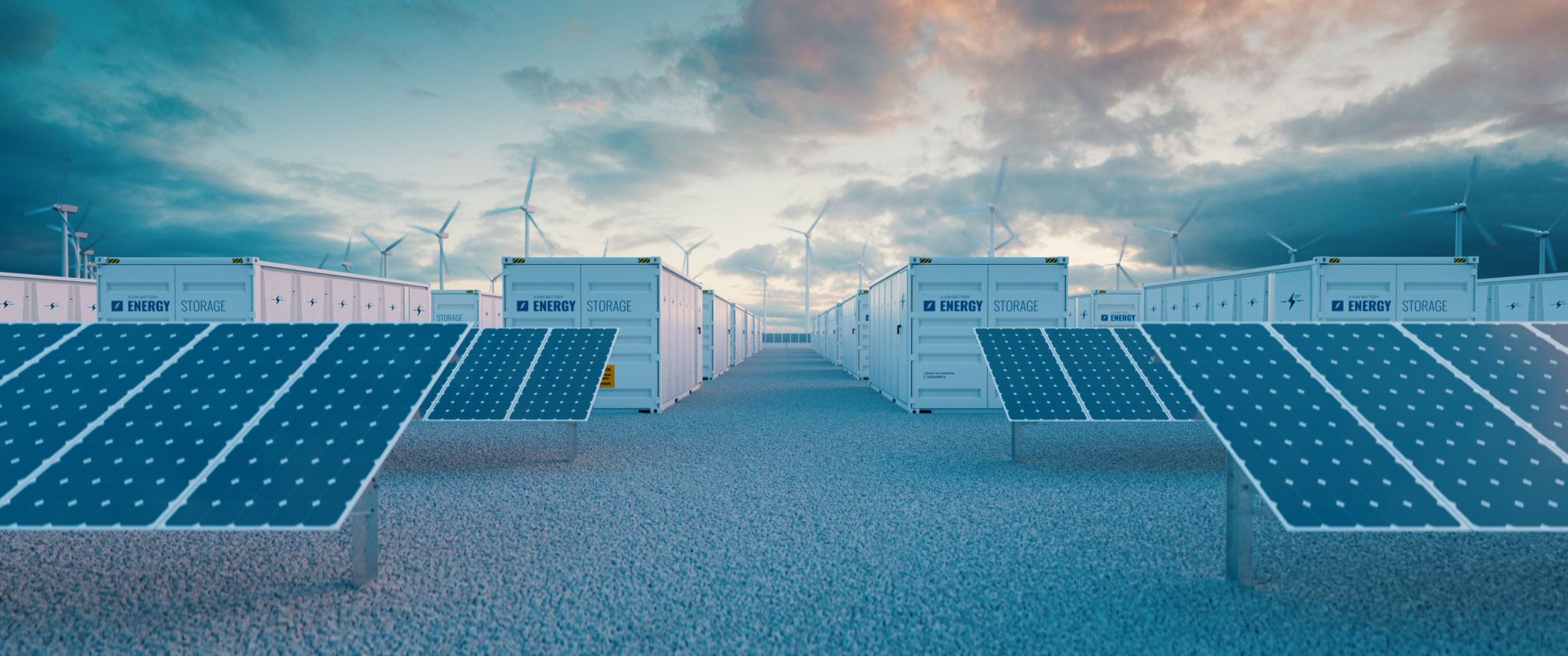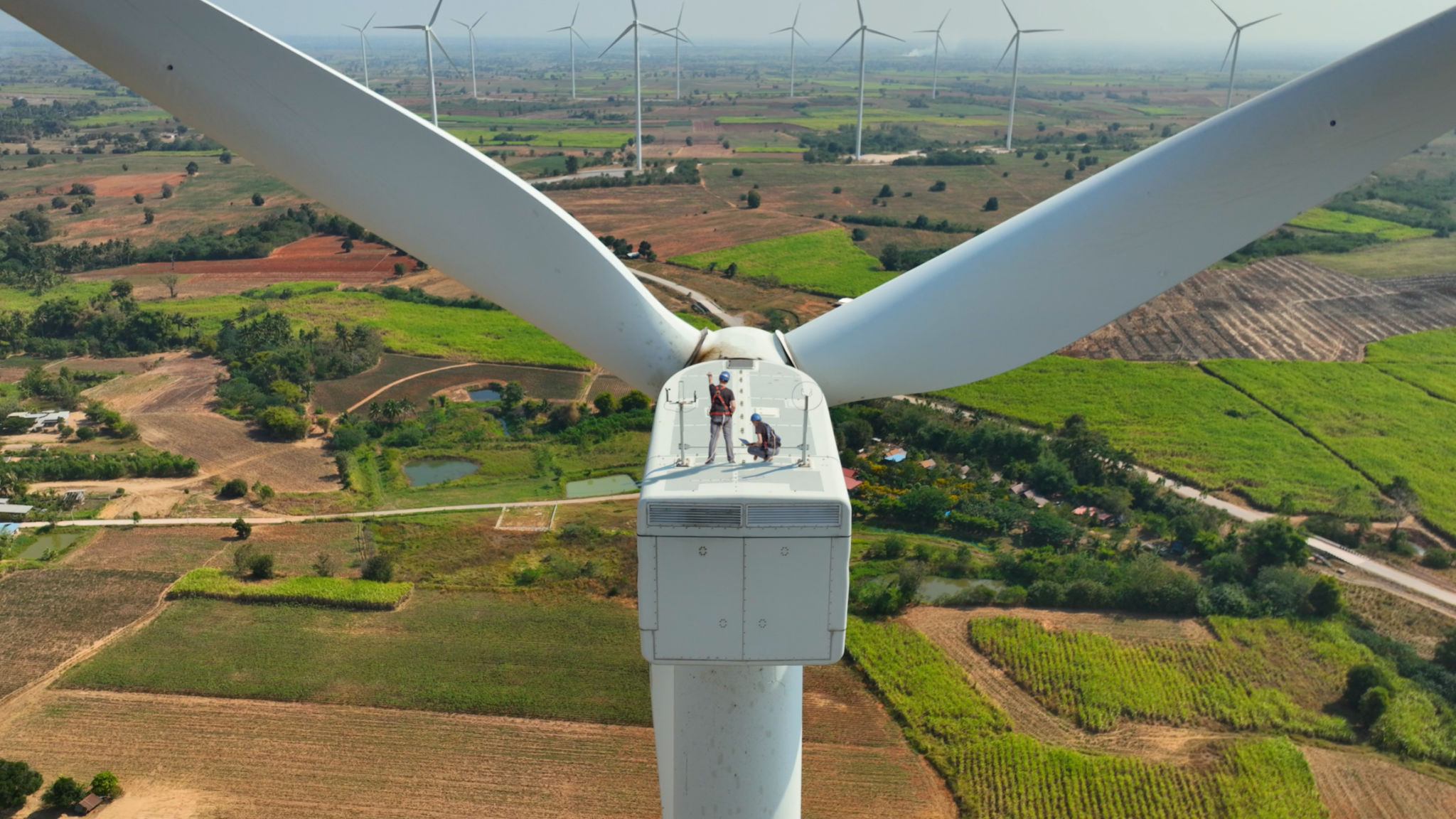The Future of Battery Energy Storage Plants and Investment Opportunities
TG
Understanding the Shift: Battery Energy Storage Plants
The energy sector is undergoing a significant transformation, with battery energy storage plants playing a pivotal role. These facilities store energy generated from renewable sources such as solar and wind, releasing it when demand peaks or supply drops. This ability to balance supply and demand makes them essential for a sustainable energy future. As the need for efficient energy storage solutions grows, so does the interest from investors looking to capitalize on this burgeoning market.

Technological Advancements Driving Growth
Technological advancements in battery storage are accelerating the sector's growth. Innovations in lithium-ion batteries have improved efficiency, reduced costs, and extended lifespan. Additionally, emerging technologies like solid-state batteries and flow batteries promise to revolutionize energy storage by offering greater capacity and safety. These advancements are making battery energy storage plants more viable and attractive for large-scale deployment.
Furthermore, the integration of artificial intelligence and machine learning in managing these plants is enhancing their performance. These technologies enable predictive maintenance and optimize energy dispatch, ensuring that the storage systems function at their peak efficiency. This technological leap is drawing attention from both public and private investors seeking to fund the next wave of energy innovation.
Investment Opportunities in Battery Energy Storage
Investors are increasingly recognizing the potential of battery energy storage as a lucrative opportunity. The global market for these systems is projected to grow exponentially in the coming years. As governments worldwide push for cleaner energy solutions, substantial investments are being directed toward developing and expanding battery storage capabilities.

Key Factors Influencing Investment Decisions
Several factors are influencing investment decisions in battery energy storage plants. Firstly, government policies and incentives play a crucial role. Many countries are introducing regulations and subsidies to encourage renewable energy adoption and storage solutions, making such investments more attractive. Investors should closely monitor policy changes to identify favorable environments for growth.
Secondly, partnerships between technology companies and traditional energy providers are creating new business models and revenue streams. These collaborations can result in innovative solutions that enhance the scalability and profitability of battery storage facilities. Investors should consider companies that are actively engaging in such partnerships as potential investment targets.
The Environmental Impact and Social Responsibility
Beyond financial returns, investing in battery energy storage plants aligns with broader environmental and social goals. These systems reduce reliance on fossil fuels, decrease greenhouse gas emissions, and support the transition to a more sustainable energy grid. By investing in this sector, stakeholders contribute to a cleaner planet and a more resilient energy infrastructure.

Conclusion: A Future Powered by Smart Investments
The future of battery energy storage plants is promising, driven by technological advancements, supportive policies, and growing environmental awareness. For investors, this sector offers not only financial rewards but also the opportunity to be part of a transformative shift toward sustainability. As the world continues to move towards renewable energy solutions, those who invest wisely in battery storage technologies may well find themselves at the forefront of the clean energy revolution.
